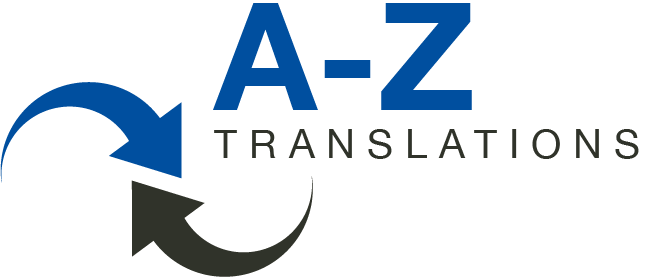Before submitting
Prior to submitting your text to be translated, make sure you give the
translator proper context. In addition to giving a brief summary
detailing what the intentions for the translation are, also be sure to
guide the translator on the *type* of language you are hoping for; i.e.
is this a business report that requires a more formal wording, or is
this a video-game translation that could contain a more fun, casual
language?
Machine translation check
If you’re not sure whether to trust the translator you’ve chosen, do
some due-diligence and paste your source text into popular machine
translation tools such as Google Translate
and make sure your translator did not submit a machine translation
verbatim. It only takes 30 seconds to complete and it’s better to be
safe.
A second set of eyes
Do you have friends or coworkers who are native speakers of your target
language? Use a little social capital and ask them to take a quick look
to make sure that your translation was done by a native
speaker. Sometimes they will notice small mistakes (spelling,
punctuation, etc.) and you can then request corrections from your
translator. Bear in mind however that language can often be subjective,
and each speaker you ask may have a different opinion on what the „best
translation“ of a particular sentence is. In the end, feedback from
your own users will be the one of the best resources in evaluating the
quality of your translations. After all, Japanese users of your iPhone
App localized know the exact context of the translation, and are the
best to judge what slang or specialized language is appropriate.
Proofread
For crucial content, it’s always best to have a second professional
translator take a look. If you use freelance translators, a good
practice is hiring at least two translators for each target language and
having them alternate between translator and proofreader roles.
Preferred translator
After you have taken all of these steps to check the quality of your
translation, be sure to remember the translators whose work passed all
of these tests and keep them on the short list for future jobs. Not only
is attention to detail and accuracy important, but also their
responsiveness to your comments. Did they ask follow-up questions, or
did they ignore you?

Do NOT use Google Translate if you want your text to remain private. Every bit of text entered is saved in the Google Translate database. Not a good idea to use it.
Good point, Jill! Absolutely true. Perhaps taking out confidential things like names etc. and using only a part would work. A few sentences would most likely suffice to see if it was just run through Google Translate or translated by a human.